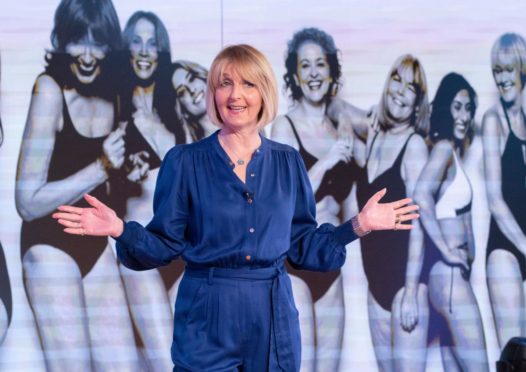
Unlike her friends, who complained of hot flushes, insomnia and mood swings, the menopause took Kaye Adams almost by surprise.
There was a moment in her early 50s when the television and radio presenter just stopped “feeling like herself” – her usual outgoing chattiness replaced by anxiety and a heavy weight in her chest – but she didn’t even consider that the changes might have been brought on by, well, “the change”.
Looking back now, she says her reaction was in part a refusal to believe she had become one of those women of a certain age who were more often than not dismissed by society.
“I would describe myself as a menopause denier,” explained the 58-year-old, who is a regular anchor on ITV’s Loose Women and hosts The Kaye Adams Programme on BBC Radio Scotland. “For a whole host of mixed-up, stupid reasons it’s just not particularly something that you want to connect yourself with – historically, the menopause has been portrayed in a very negative way. So, you don’t really have a huge motivation to educate yourself and talk about it. You would rather just ignore it.
“It’s very different from, for example, when girls start getting their periods. That is seen as the gateway to womanhood, an important stage in life, and obviously it’s about fertility and being able to have babies. But the other end – the kind of shutting down of stuff – just hasn’t got a lot of appeal has it?”
After being forced to confront the changes in her body, Kaye began educating herself about the vast and varied symptoms of the menopause, as well as examining her relationship with aging.
She continued: “In recent years there’s been a bit of chat about hot flushes, but the menopause is about so much more than that – they have actually become a pretty unhelpful distraction. Hot flushes, to a certain extent, are easy because it’s almost discussed in jocular terms.
“To say that it’s scraping the surface is an understatement. The different symptoms, which can be incredibly debilitating, just aren’t really spoken about.
“I can consciously remember, in my late teens, early 20s, thinking to myself, ‘I never want to be a middle-aged woman’.
“I looked around my friends’ mums – and I hope I’m not maligning anyone by saying this – and they all seemed a bit neurotic. That was the impression I’m very ashamed to say, as a young woman, I probably had. I thought, ‘Oh I don’t want turn out like that’ but I had absolutely zero understanding of what may have been going on in their lives.
“That builds up over years and it is very difficult to deconstruct. It makes it very unattractive for women to stand up and say, ‘Well no, that is actually me, I am that age and this is what’s happening in my body, and this is the impact its having’.”
Hoping to open up the discussion around the menopause, educating both men and women, last year Kaye co-authored Still Hot!, an anthology featuring contributions from 42 women including fellow broadcasters Lorraine Kelly, Carol Smillie, and Kirsty Wark. The frank, honest and often funny stories confronted the myths and silence surrounding everything from hormonal changes to night sweats, and proved that each journey with “the Big M” was as unique as the women themselves.
Being able to talk freely and openly about her own experience was cathartic for Kaye – and something she believes is vital if perceptions around the menopause are to change, particularly in the workplace. She said: “We’ve spoken for years about how we need to get more women in the boardroom, and in FTSE 500 companies, and actually, I think considering the menopause might be the real key to that.
“In our 40s onwards, women are experiencing menopausal symptoms, beginning to doubt themselves, beginning to lose confidence, and beginning to wonder if they’re up for it anymore. At that point, are you going to put yourself forward in the workplace at a senior level, where it gets more and more cut-throat and more and more competitive?
“Chances are you’re just going to say, ‘You know what, I’ll cut my hours’ or ‘I won’t bother with that promotion’. It’s a perfectly logical response.”
For Kaye, to improve support and understanding, we need to change the way we frame, discuss and manage the menopause.
She added: “Menopause was always called ‘the change’ and that’s seen as a bit of an old-fashioned term, but actually maybe it’s not that bad.
“Maybe it’s time to change the way we see ‘the change’. Maybe it’s about seeing the menopause as a change which can bring new positive, good experiences.”
Still Hot! by Kaye Adams and Vicky Allan is out in paperback this month
I needed help for the muscle cramps. My GP was sympathetic but flummoxed
Fiona Russell is a travel and outdoors journalist and known for her Fiona Outdoors website
The first signs of menopause started with muscle cramps.
Not the kind of lower abdominal cramps women normally associate with the menstrual cycle but severe, exercise-halting pain in my calves, hamstrings and glutes. At night, the cramps spread to my feet and woke me up.
When my hands cramped as I opened a toothpaste tube, I knew I needed to seek medical help.
I was 45 and I had never heard the words peri-menopause. I imagined the menopause would arrive in my 50s and it would simply be a cessation of my periods.
For the following two years, I found my usual sports of hill walking, running, cycling and swimming sore or impossible due to cramps. I was losing sleep and my mental health was affected.
My GP was sympathetic but flummoxed. Muscle cramps are still a medical enigma and having tried all the usual remedies, such as better hydration, more salt and magnesium, she referred me to a neurology consultant. Alarmingly, Parkinson’s and MS were mentioned but tests ruled them out.
Then, while searching online for information, I spotted several American menopause forums. Some women wrote of night cramps in their feet. While reading comments I realised I had other related peri-menopause issues, including frequent and heavy periods, itchy skin, migraines, urinary infections, anxiety, memory loss and poor concentration.
I mentioned some of the symptoms to friends of the same age and we started to realise we were experiencing similar. I also researched Hormone Replacement Therapy (HRT).
I was initially reluctant to go on HRT after the huge negative press two decades before in relation to an increased risk of breast cancer. But, it seemed, further studies had revealed a lower risk. I returned to my GP and asked to try HRT and she agreed.
I weighed up the positives and negatives of HRT and started the therapy. Within a month the cramps disappeared. I’m 53 and I’m still on HRT although I have moved from tablets to a combination of a progesterone coil and oestrogen gel. Most symptoms are kept in check with only a few episodes of insomnia, hot sweats and anxiety.
I now write about the menopause for sporty women on my website and try to be frank and open with both women and men about the symptoms and issues. The more we talk it at all ages, the better informed others will be.
Specialist: It isn’t a test and you are not a failure if you struggle to cope
More people are talking about menopause but not enough in Scotland’s offices and factories, according to Heather Currie.
A gynaecologist and associate medical director at Dumfries and Galloway Royal Infirmary, she says a lot has improved in the 20 years since she launched Menopause Matters, a website providing information about the symptoms and treatments but more must be done.
She said: “There’s much more awareness of the consequences and impacts of the menopause and on the later health impacts, but there is still a need to talk and be more open about it, especially in the workplace.
“Quite a lot of employers are introducing menopause policies and there is a Scottish Government report on women’s health being developed, which I am a clinical adviser for. We’re hoping it will be published in the summer.
“It has a big focus on menopause, what we hope for and what needs to be done.”
Currie says, with people living longer, women now spend a third of their lives in a post-menopausal state.
“Some women are fine, of course, but others have a really hard time,” said Currie.
“There are common symptoms like hot flushes and sweats but there’s much more to it than that. There can be a big impact on mood and women are often not prepared for the psychological changes, disturbed sleep which can have a knock-on effect on how they function the following day and joint aches which are common too. These are all what we call early symptoms.
“But years on, it can have an impact on heart health and bone health. It all affects a woman’s quality of life.
“In fact, the average time for the menopause to last is about seven years. Menopause starts around an average age of 51 but if you are under 45 it’s early menopause and premature under the age of 40. Some women in their 60s and 70s can still have symptoms.”
Currie says many women suffer in silence, and don’t realise there are treatments that can help. “Often they say they will just cope with it. But it isn’t a test and you are not a failure if you can’t cope with it. Sometimes the symptoms are too much to cope with.
“Menopause is such an individual thing. The experience is different for everyone. But having access to up-to-date information can really help women manage the symptoms and know what help and treatments are available. With menopause, preparation and knowledge are key.
“It’s just about getting the balance right – and if women do need help, they seek it and help is available and there is a consistent approach.
“Things are improving. Many GPs are doing an excellent job and giving the correct information, but we know there may be some who aren’t up to date. We are aware some women may have been given the wrong advice.
“That’s why we are really keen on education.”

Enjoy the convenience of having The Sunday Post delivered as a digital ePaper straight to your smartphone, tablet or computer.
Subscribe for only £5.49 a month and enjoy all the benefits of the printed paper as a digital replica.
Subscribe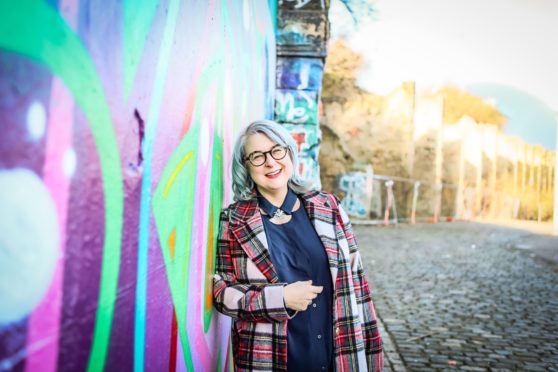

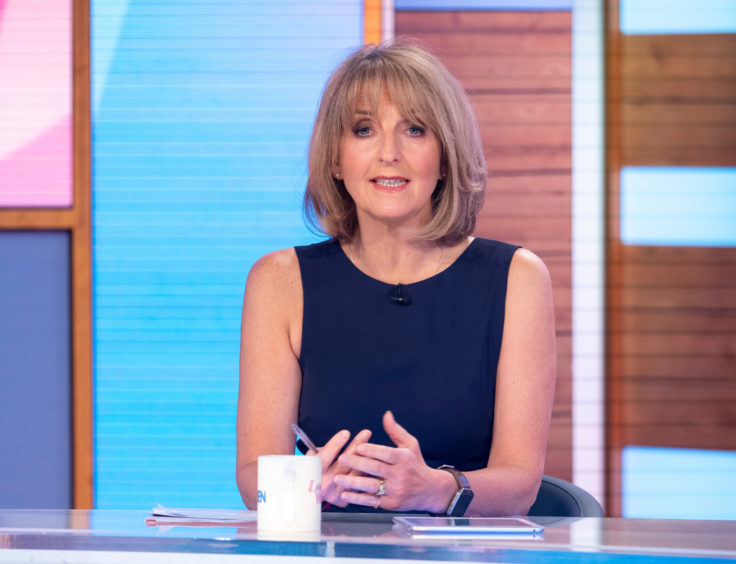 © Ken MacKay
© Ken MacKay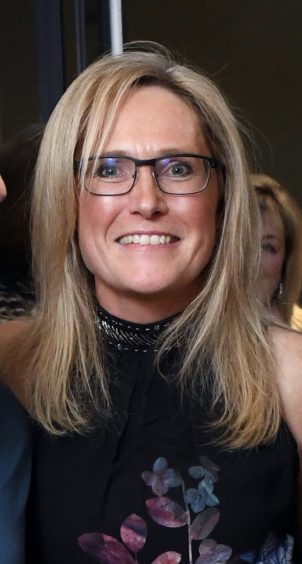
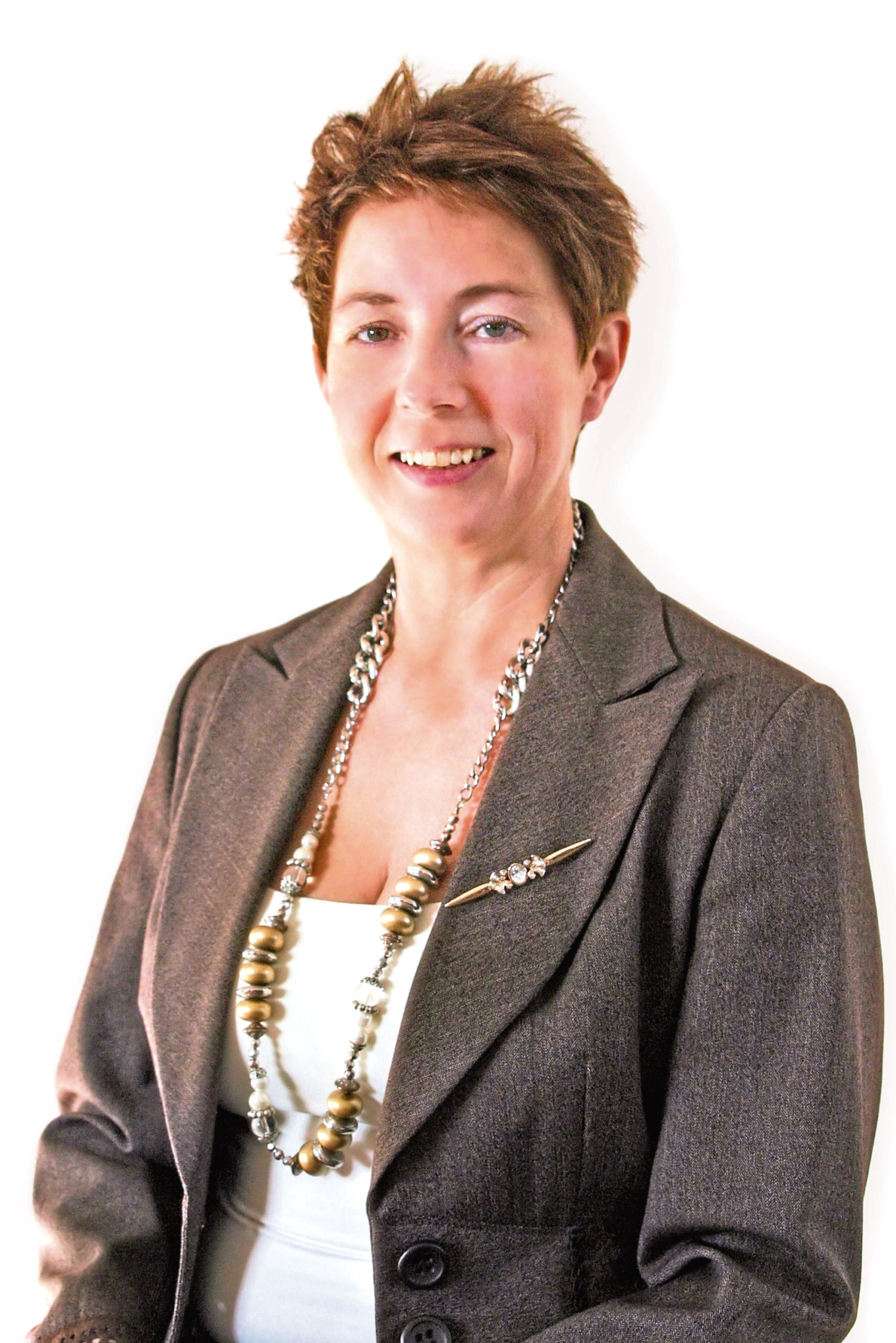 © SYSTEM
© SYSTEM